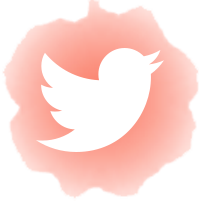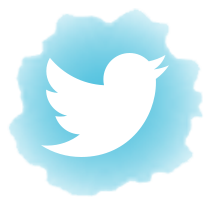Clarissa Cappelletti
Wellness Tip:
Reduce Springtime Allergies
Springtime got you sneezy? 🤧Here’s a tip: jump in the shower before bed. Why? Pollen clings to your hair and skin throughout the day, and if you don’t rinse it off, it ends up on your pillow and triggers those sneezes and itchy eyes while you sleep.
Another tip is to swap out your pillowcase more often during spring and summer. It’ll help keep allergens at bay so you can sleep soundly.
Read more about preventing nighttime allergies here.
Routine Breakdown
Clarissa Cappelletti, International Country Manager at WeRoad
A Travel Pro’s Grounded Morning Routine

Clarissa Cappelletti from global travel brand WeRoad tells us she needs 8-10 hours of sleep to perform at her best. She normally wakes at 7, but she’s flexible when on the move: “If travelling, I tend to be a sunrise catcher and love taking on a night hike to enjoy the best views as the sun comes up – I can then recoup the sleep in the afternoon (I do love a siesta when travelling!),” she says. Here’s her routine when at home.
The Routine:
- Immediately drinks a glass of water. “This is a non-negotiable for me to rehydrate myself in the morning.”
- Takes supplements. “I take creatine (3g every day to support my bone and muscle health) and a herbal mix to support my lymphatic system.”
- Showers, then cycles to work. “I tend to avoid public transport as much as possible and cycling helps me clear my head for the day.”
- Eats when hungry. “I tend to have breakfast later in the morning – around 10/11am – as my stomach is still ‘asleep’ when I wake up.”
Why it works:
- Many (though not all) claims about drinking water first thing are true: it does rehydrate you after sleep, keeps you regular, and helps prevent dehydration that could impact your cognitive performance.
- Evidence suggests creatine can help maintain muscle mass. Bonus: It’s also been shown to improve cognitive function and decision-making.
- Cycling to work has a bunch of benefits. (Here are 12 of them!)
When Clarissa gets home from work, she takes off her makeup, puts on comfy clothes, and makes dinner while calling family or listening to music. “This is one of the best moments of my day, where I am taking care of myself and my loved ones without rushing,” she says. Let’s not forget that savoring these small moments can make a huge difference to our days!













